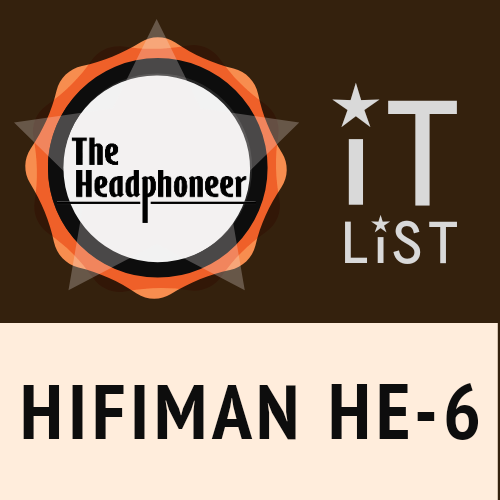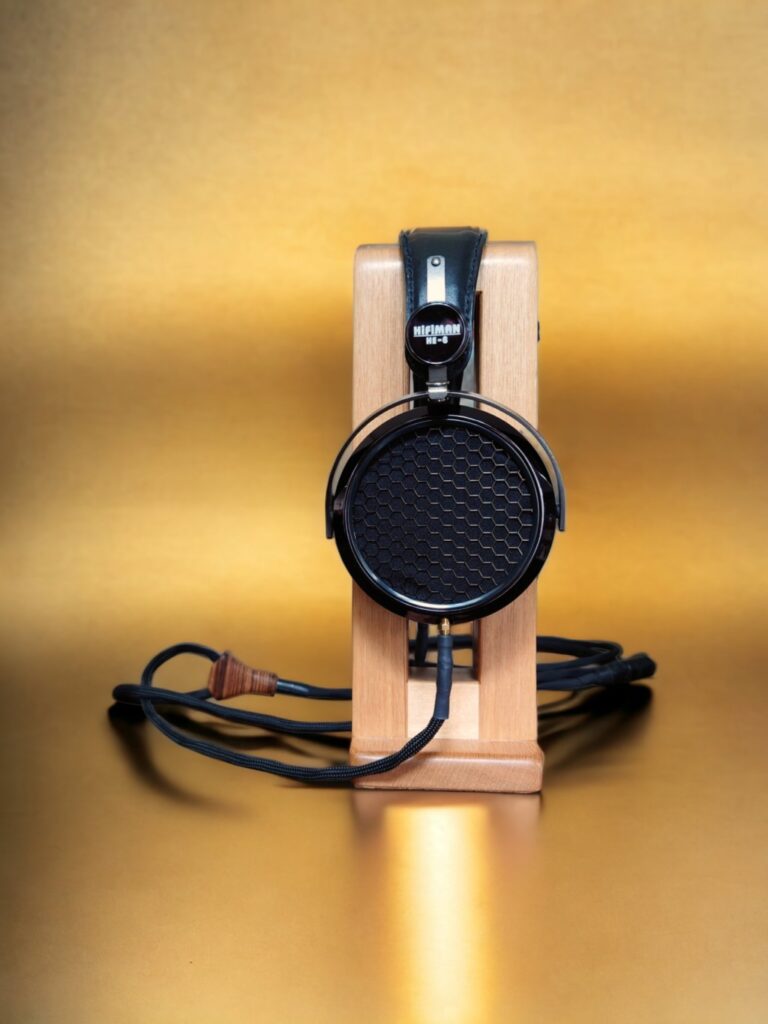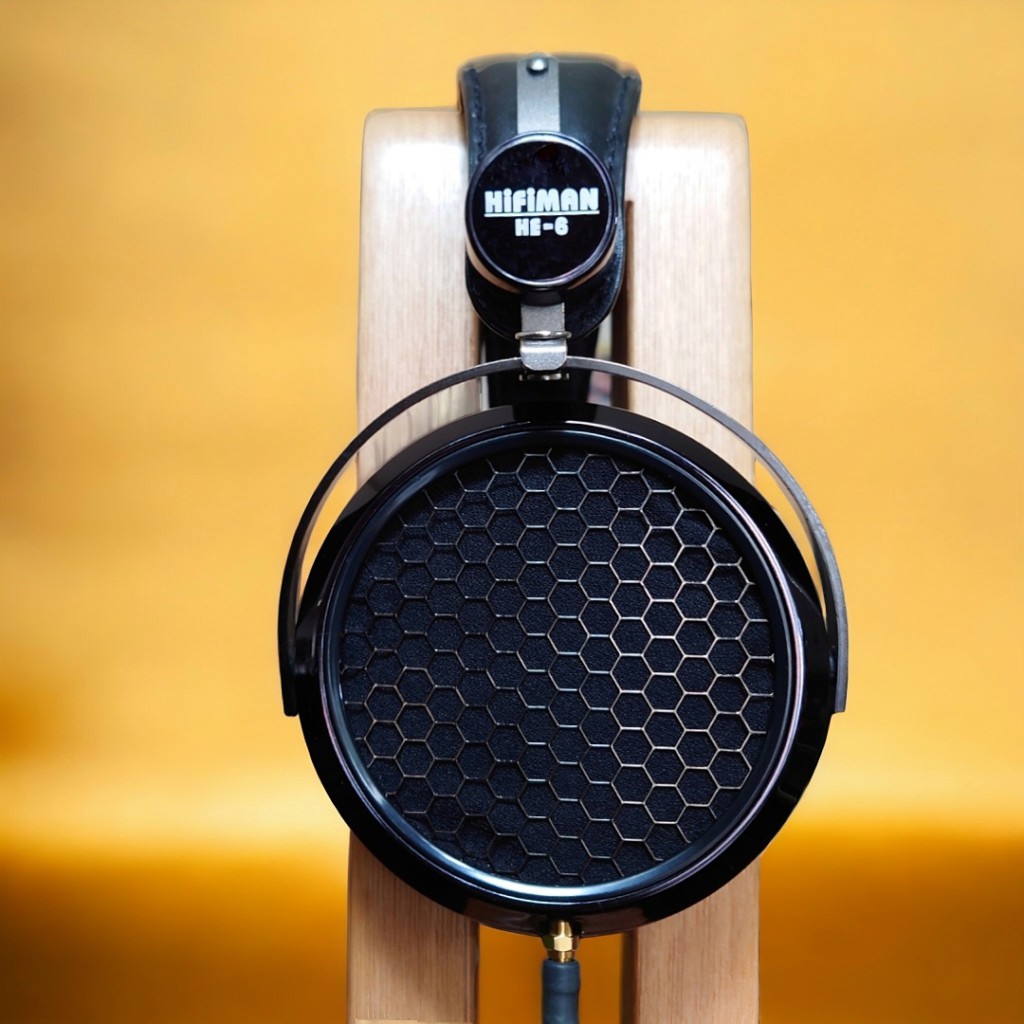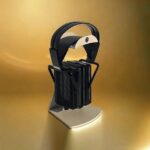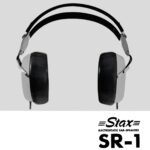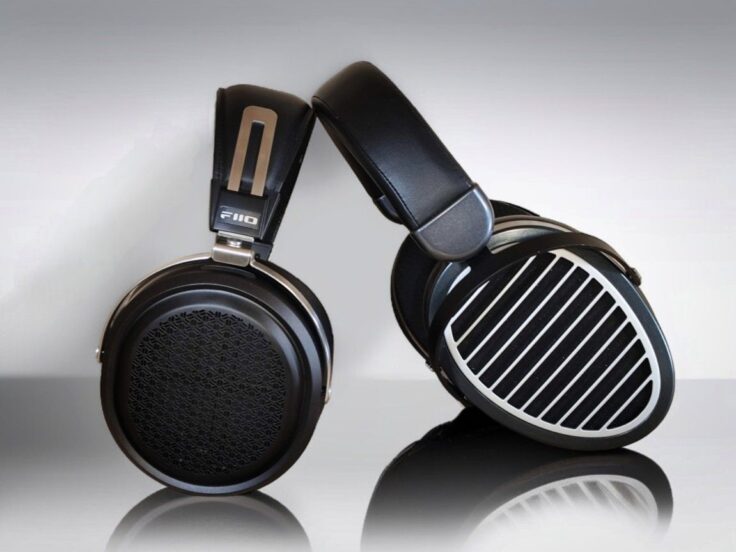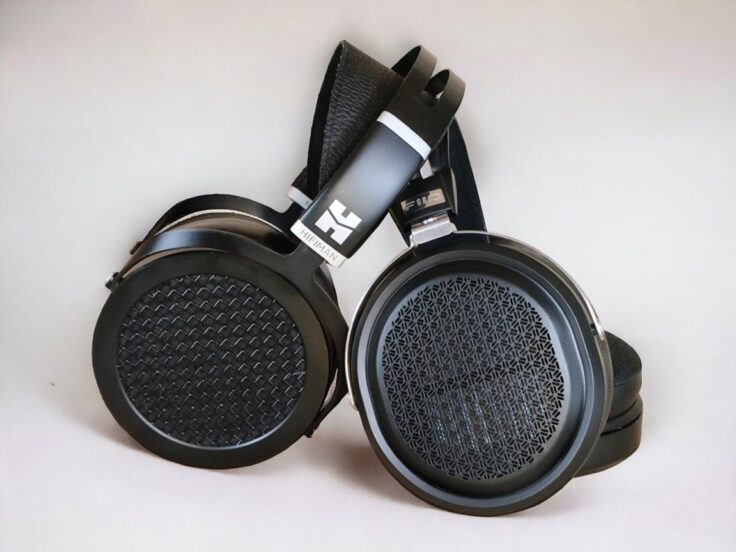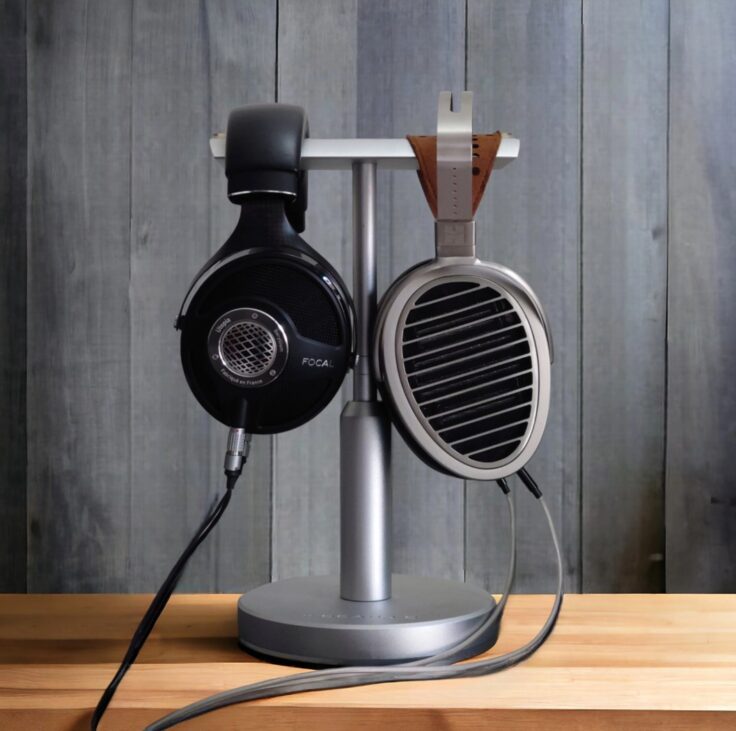The Hifiman HE-6 is a legend. Launched in 2010 it soon became the reference planar magnetic headphone. Not only that, but together with its little brother, the HE-500 as well as the Audeze LCD-2, it basically launched the new era of planar magnetic headphones. Along with the Sennheiser HD800, they also launched the era of high-fidelity headphones as we know it today, finally making Hi-fi headphones more than a marginal niche in the world of audiophilia.
The Hifiman HE-6 is one of those headphones that time proves to be extra special. If you give it enough power and a good match with an amplifier that really can handle it, it delivers maybe in the best bass performance in a headphone ever created, along with rich and detailed mids and balanced and clear highs. Of all the headphones I have heard I think the HE-6 has the best tuning. It’s wide, yet intimate, it’s detailed, yet has lots of body and weight to every punch and tone.
Planar magnetic headphones are a huge, if not a dominant, part of the world of HiFi-headphones (Head-fi) today. Hifiman and Audeze are still dominating the planar magnetic headphone market.
Hifiman was founded by Dr. Fang Bian and Mr He Binwu. Even though Fang Biang has been the face outward, Mr He was the main man behind both the HE-6 and the HE-500. Rumour has it that the series was named HE after Mr He. Whatever the HE stands for, they are great headphones. They are truly modern classics.
At 83 dB/mW the HE-6 is more than unusually power-hungry, and it soon became clear to its owners that no normal headphone amplifier could bring it to its full potential. Thus, it has become somewhat of a truism that in order to drive it properly you need a decently powerful speaker amp. Hifiman also sells a dedicated adapter that makes it easy and safe to connect your headphones to a speaker amp’s speaker taps (EF-6). There are of course exceptions to the rule, and the planar magnetic “revolution”, along with the move towards low-impedance headphones, has also strongly affected how designers of headphone amplifiers design their products. The availability of powerful headphone amplifiers with low output impedance is now larger than ever.
With regards to headphone amplifiers, I have personally really enjoyed the HE-6 quite a lot with the Violectric V281 and Bryston BHA-1. There are other capable headphone amps too but I’m not going down that alley. The consensus, if such a thing can exist, is that a suitable speaker amp setup for the HE-6 is hard to beat.
For some years now I’ve been using either a Cary SLI-80 Signature tube amp (40 or 80 watt depending on operation mode) or a Creek Destiny 2 solid state integrated (100 watt), both with great results. These are the amps used in this comparison, mostly I used the Creek.
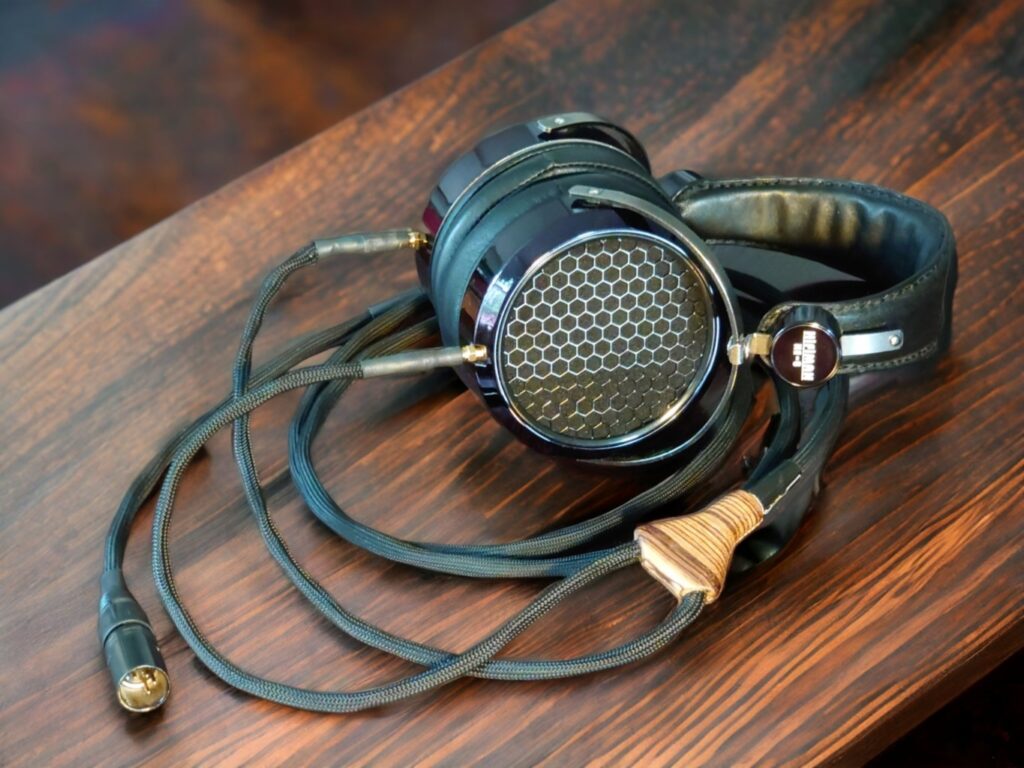
THE STOCK ORIGINAL HE-6 AND POPULAR MODS
The original HE-6 came with two sets of pads; pleather and velour. It also came with a thin cable, a 4-pin XLR.
Of course the headphone community started to experiment with pads and cables immediately. On the outside of the driver, the original has first a thin protection screen close to the driver, then some “angel hair” speaker padding, a thin foam disc and lastly a grill with mesh attached. The grill has many holes, but they are small, and there is much metal to create reflections. Thus, some people started taking off the grills or replacing them with grills that minimized reflection, what I from now will refer to as “airflow” grills. Many also removed the padding, creating a completely “free” driver.
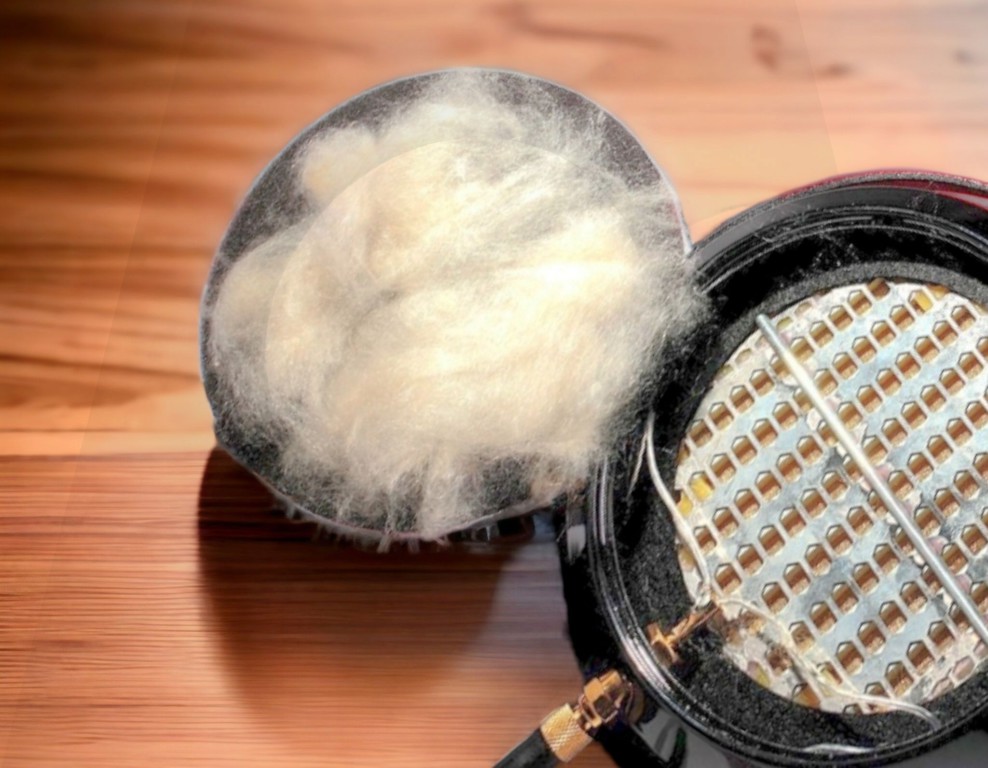
Other popular mods are to apply Blue tac around the driver-unit and the “fuzzer mod” (felt attached on the magnets outside to reduce reflections)
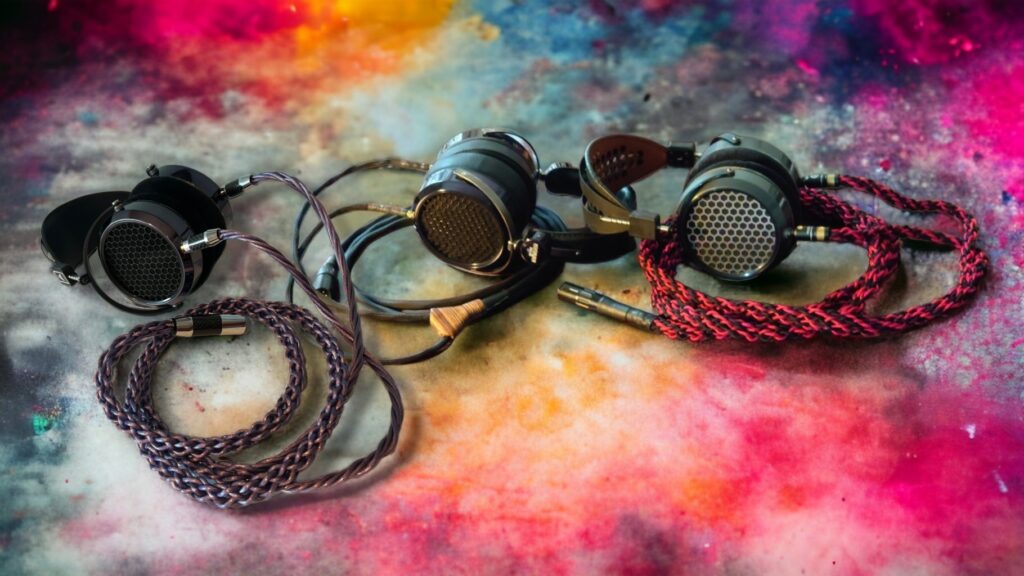
THERE ARE THREE
There seems to be so that the original HE-6 came in three different versions, though no official changes were announced. The head-fi community has, however, established that there is the early 4-screw (with 4 silver screws in the driver unit), the late 4-screw (with black screws) and the 6-screw.
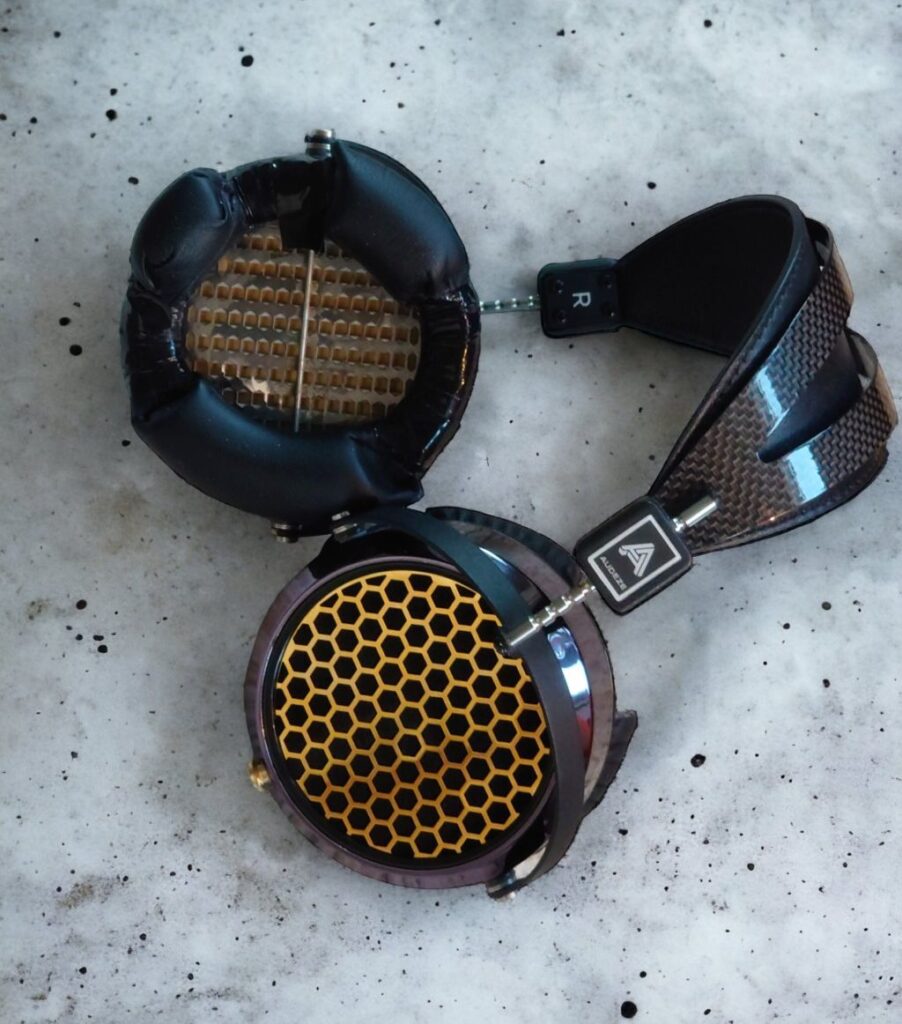
In this review, I will compare the three which I had the honour to have side-by-side for a month or so.
HE-6 EARLY 4-SCREW
The first model made, using 4 silver screws. The sample I have on loan has been modified with an Audeze headband, gotten 3.5 mm connectors, and airflow grills. When I got it, it had “bass-port-mod” pads, however, in the comparison i used normal pads which I describe along the way. Above is a picture of the bass-port pads. It sounds actually very good and you don’t lose any bass energy. It sounds extremely open, with an HD800 like soundstage. As you can see from the picture, however, the pads could be more refined, but it’s is actually a good sounding mod. The thing is that the most Hifiman headphones have a great bass and sound in general if you lift them a bit away from the ears. Totally opposite of many other headphones, even Audezes, which needs a good pad seal to sound right.
For this review, however, we made the early 4-screw almost stock. It has the dampening filling in place and “normal” pads.
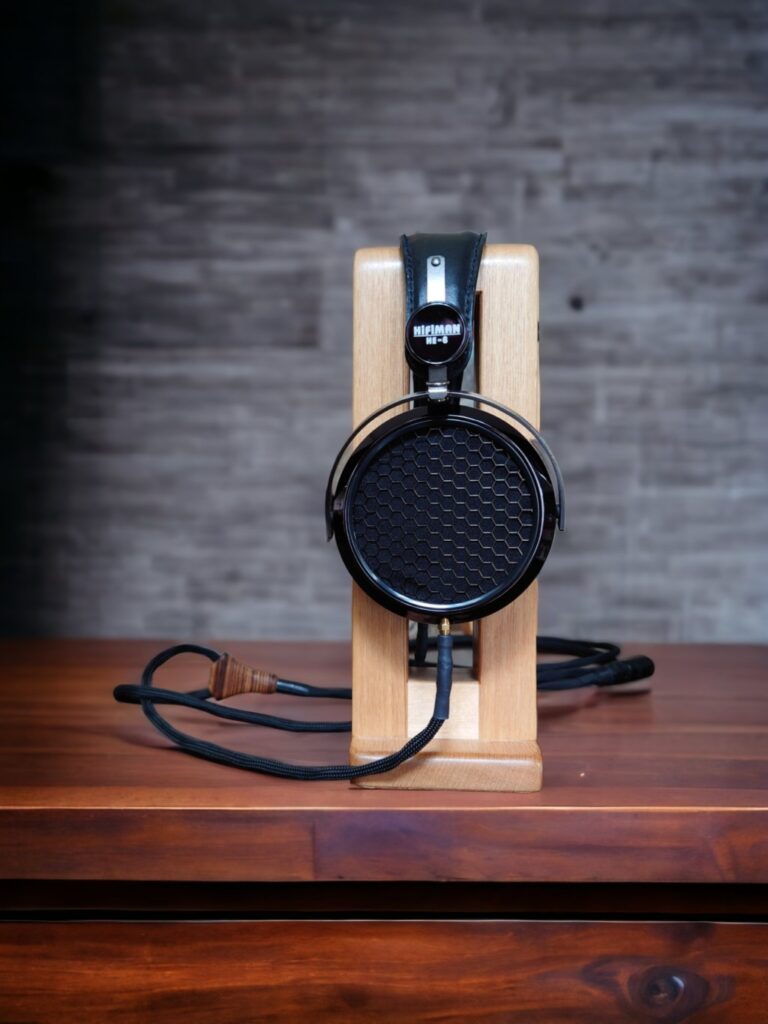
HE-6 LATE 4-SCREW
This is my personal HE-6 which i have owned and babied since 2013. I’ve kept it totally stock until the process of writing this review, where I’ve experimented with pads and grills. I kept everything else intact, including the stock acoustic dampening filler intact.
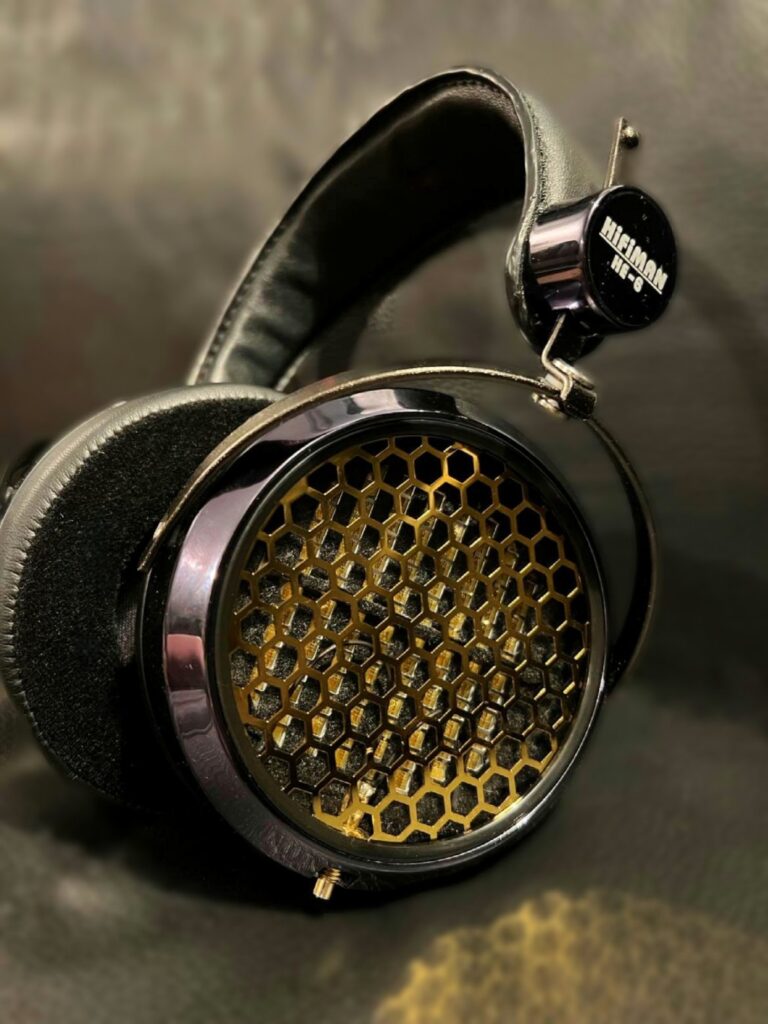
HE-6 6-SCREW
On the HE-6 6-screw, only the driver module is intact. The cups are changed to HE-500 cups for aesthetic reasons, the grills are of airflow type and the headband changed for an Audeze style headband. The pads are velour AKG K701 style, attached with double-sided tape.
Further, the modder weight-loaded the internal cavities of the HE-500 cups with tungsten putty and epoxy, adding a total of 100 grams to the headphone. This is intended to lower the cup resonance frequency and tighten up the sub-bass.
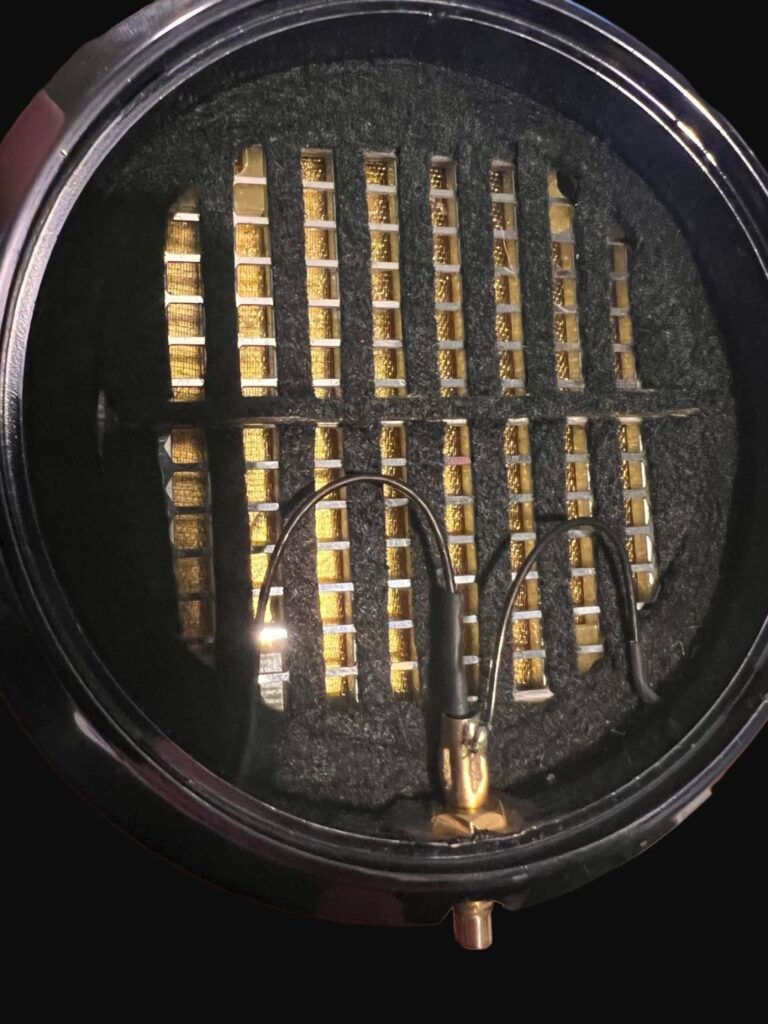
He also applied blue tac between the driver unit and the cups. There is felt on the outside magnets (“fuzzer” mod). Further, he replaced the internal cables with thick branded silver wire. He also replaced the SMC connectors with 3.5mm sockets. This is practical but also increases the contact area the cable has with the headphones.
COMPARISONS:
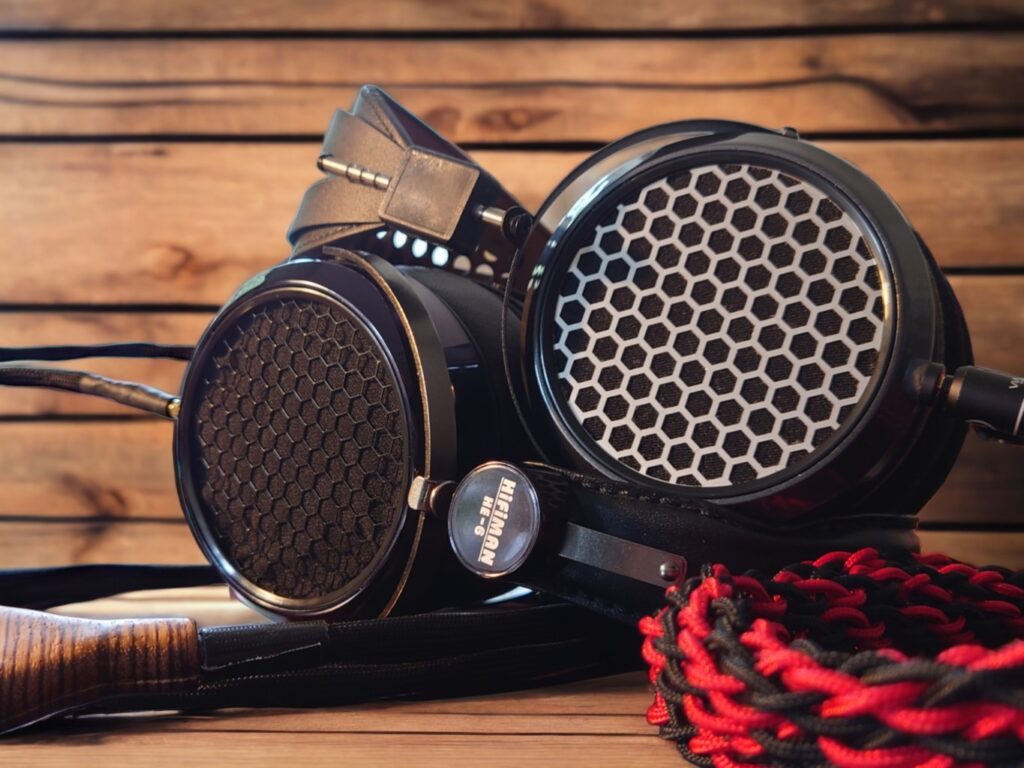
1 | STOCK VS MODDED:
HE-6 LATE 4-SCREW (STOCK) vs HE-6 6-SCREW (MODDED)
For this comparison, I kept the late 4-screw totally stock (velour pads, keeping the original grills), except for an upgraded silver cable. The 6-screw was as described above, also with a silver cable.
Comparison track by track
I Could by Olga Konkova
The vocals are silkier and a bit less up-front sounding with the modded 6-screw HE-6. The sound feels calmer and more grounded. The differences are subtle but they are there. The unmodded 4-screw feels a bit sharper.
Almost like The Blues by Leonard Cohen
Again the modded 6-screw has a darker, fuller sound. The original stock HE-6 is a bit lighter, and a bit sharper sounding. They are more alike than different.
Can’t You See by Susan Wong
The female vocals are thinner sounding with the stock 4-screw, and the voice has a thicker, richer sound to it with the modded 6-screw version. The bass is a little fuller, treble is a little less pronounced. They both reveal similar levels of detail and are definitely not far apart. I might find the original 4-screw has more pronounced details, but that doesn’t mean the details aren’t there with the modded 6-screw.
I continue through my playlist and basically, I find the same. The modded 6-screw HE-6 has a fuller sound, more velvety mids, a bit more bass presence, slightly more laid-back treble. Not as sparkly, less crisp, slightly less obvious texture to the mids and treble. Especially apparent with string music, the stock 4-screw has more attack, more bite. We are talking about minor differences in absolute terms, though they are there.
PADS
I tried swapping pads on the 4-screw to some very nice sheepskin pads that I really like. The differences between the two headphones remained basically the same, although I like the sheepskin pads more than the velour with the unmodded HE-6 4-screw, the sound is a bit warmer and fuller.
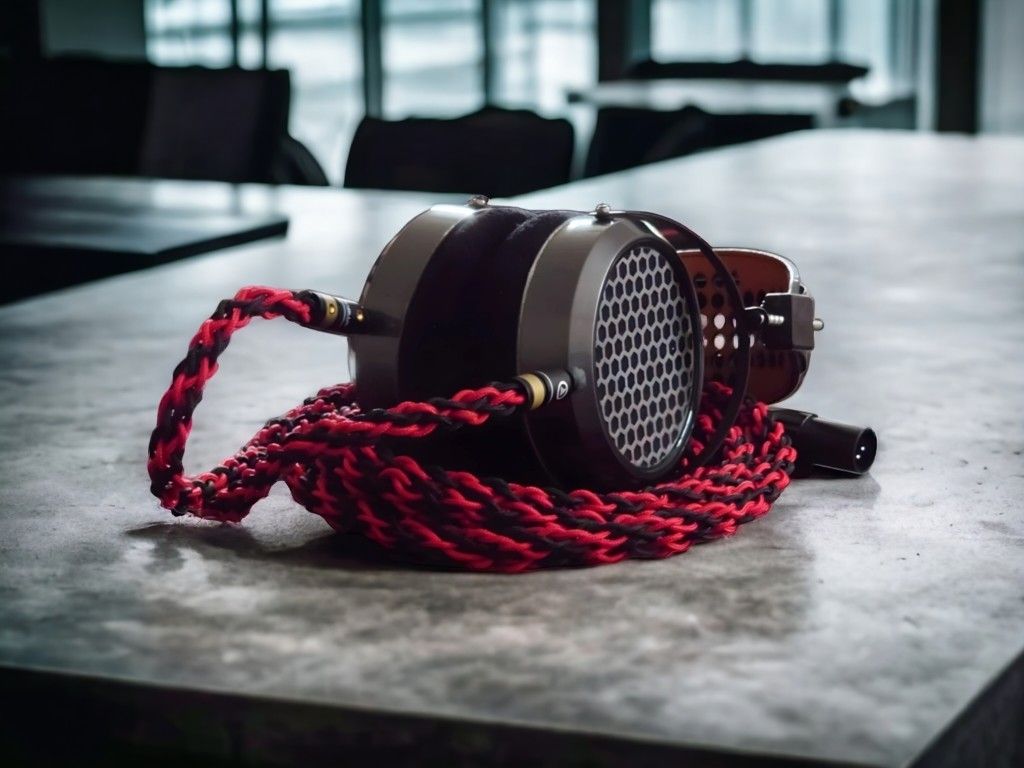
2 | MODDED VS MODDED
HE-6 LATE 4-SCREW WITH GRILL MOD VS HE-6 6-SCREW WITH GRILL MOD AND OTHER MODS
For this round, I have modified the late 4-screw with new “airflow” grills which makes a HUGE difference.
They also have lambskin pads. Both mods I find makes it sound better. It has the stock fiber filling and foam pads intact between the driver and the airflow grill.
The modded 6-screw is unchanged, it still has airflow grills, no filling or pads and is modded with tungsten putty glued to the cups as well as felt on the magnets (fuzzer mod).
So basically, in absolute terms, they now do sound very similar. But they are not identical. I listen and listen, trying to find the words to describe the differences track by track like I am used to. However, I struggle. The differences are audible, but unusually hard to put the proper words on. They have slightly different frequency responses which sometimes elevates different parts of the music a little bit but it is hard to find a pattern.
All in all, even though they are extremely similar, the small differences boil down to this: The late 4-screw (now with airflow grills and lambskin pads) is more subtle, a bit more nuanced, effortless and organic sounding. Again, differences are small in absolute terms but the late 4-screw with airflow grills just feels like an even more perfect HE-6.
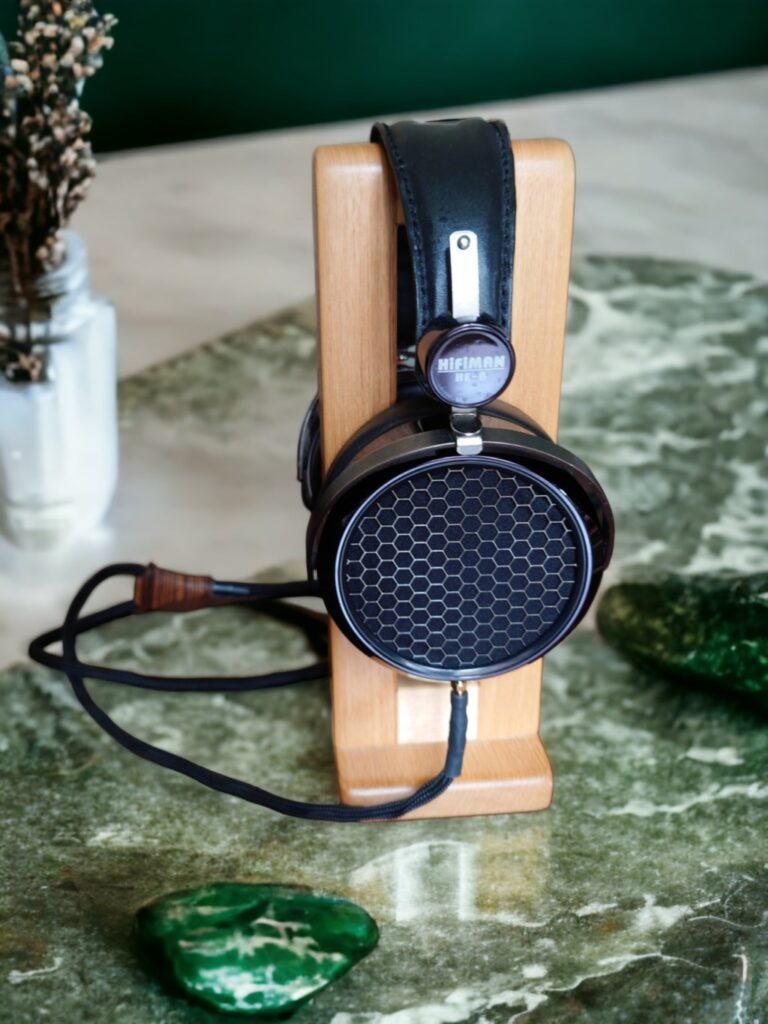
3 | EARLY VS LATE 4-SCREW:
BOTH MODDED WITH IDENTICAL AIRFLOW GRILLS AND LAMBSKIN PADS
Both have identical lambskin pads and airflow grills without mesh, but the original foam and angel hair dampening material beneath the grills are intact on both.
The first difference I notice is that the early 4-screw is less power-hungry. I need to adjust the volume down compared to the late 4-screw. This is of course a challenge when comparing.
Terminal 7 by Tomasz Stanko
They are very similar, the frequency response is seemingly identical. There is lots of splashing cymbals in this song and I do find the treble on the late version to be more resolved, it feels cleaner and more controlled. The drums in the beginning also feel so little bit tighter and snappier, a bit more organic. In absolute terms, the differences are minute but the difference is there.
First I must say that I listened to lots of music, trying to identify differences I couldn’t find. Or at least they were too small to be described. With some tracks, however, I did find something to write about and here they come:
Vivaldi 4 Seasons by The Norwegian Chamber Orchestra
Even though they sound very similar I mostly feel that the late 4-screw has that tiny bit more detail, a little more effortless and nuanced presentation. There is a little bit more of what some refer to as “plankton”, the smallest grains are smaller, and the micro resolution is a bit better.
Overgrown by James Blake
It is hard to be certain because I can be fooled by the difference in volume in level but after lots of going back and forth, I become quite certain that the HE-6 early 4-screw has a little bit more bass presence.
Limit to Your Love by James Blake
The bass that hits at 54 seconds is a demanding piece of music to reproduce. here I don’t find the differences to be significant.
It Could Be Sweet by Portishead
Another bass-heavy track. Here I find the bass to sound ever so slightly different but the quantity is similar.
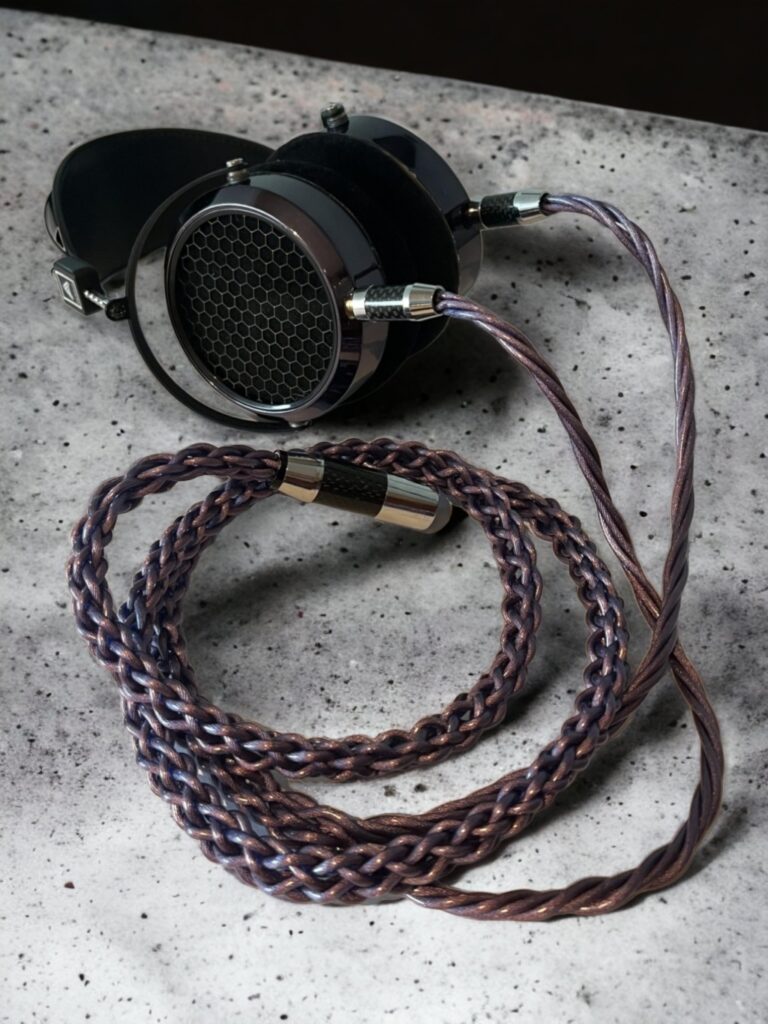
Let me again state that these are very similar (and superb) sounding headphones. When it comes to the differences, I think I have narrowed it down to three differences worth mentioning. First, the early 4-screw version needs a bit less juice. Second, the late 4-screw is a bit more resolving with better micro detail. Third, the bass is slightly different, making the one sound a bit more punchy than the other depending on the music you listen to.
WHAT ABOUT THE HE-6 SE?
First I must say that I will write a separate review of the HE-6 SE. However, the short version is that even if the SE is a very good headphone, it doesn’t reach quite the levels of sound quality of the original HE-6. They sound similar, but the original (often referred to as HE-6 OG), is just better at being HE-6.
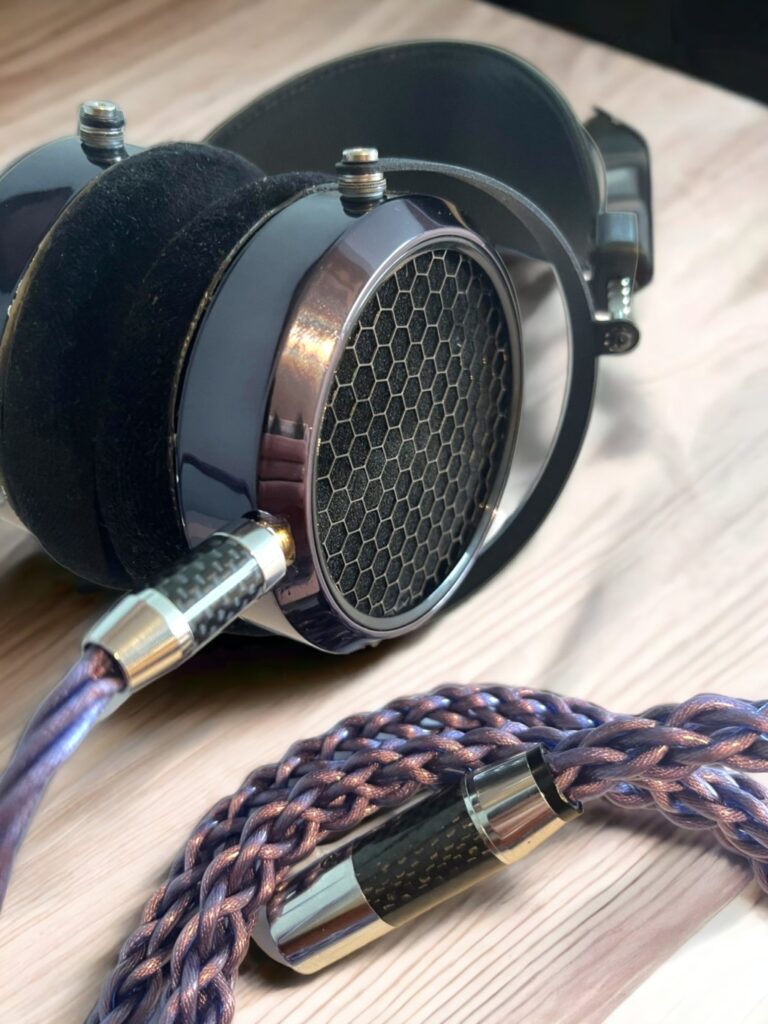
CONCLUSION
The Hifiman HE-6 is the winner here. All three of them. They are delicious. No other headphones delivers what they do. They sound visceral, organic, punchy, powerful, subtle, natural, fun but neutral.
They need a powerful amplifier. The grill mod is essential, but there is no reason not to keep that angel hair in place.
It is hard to know what I have been comparing. I had only one of each type. I don’t know anything about unit to unit variation. What I do know is that they sound different, but similar. I found the late four screw to sound the best. By an angel hair.
